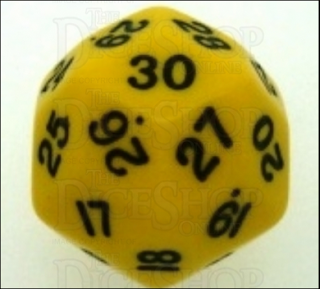 |
| Available at thediceshoponline for like $5 shipped. |
To that end, I’ve gotten pretty good at figuring out what I can change about the system without drastically affecting the rest of the game. One such mechanic is Inspiration, which in 5e is supposed to be given out by the DM as a reward for good roleplaying. Once given, it can be used by the player as a mulligan on any d20 roll by or targeted by them, rolling twice and taking the preferred result.
I disagree with a few of these preconceptions; namely, that players should be rewarded solely for roleplaying and that doing so once can help them at an indeterminate time going forward. I’m of the opinion that all PC action is roleplaying — by definition, the player is playing a role that is not indicative of real life, even if that role is as simple as “haggling over armor." Roleplaying does not need to mean adopting an entirely new persona, and I can't really see how one type of roleplaying could be seen as “better" than any other. And rewarding players for clever solutions to problems is a mechanic already built into the game: it’s called advantage, and it functions much the same way as Inspiration but only for the roll the DM gives it for. A much more elegant solution, DM fiat notwithstanding.
That being said, I do like the basic function of Inspiration once it’s been given, which is why I’ve gotten in the habit of awarding each player a single point at the beginning of every session, to be spent whenever they like. This adds a new layer of tension and choice to every roll — does the player (possibly) avoid the trolls nat 20 attack now, or wait to (possibly) ensure their hold monster spell goes off without a hitch later? I’ve had players blow their Inspiration on the first roll, or go the entire session without using it. Lately, however, I’ve started thinking that there might be an even more interesting system.
Note: +Ryan MacKenzie informed me that this idea was first put forth by Jeff Rients nearly 10 years ago and later expanded upon by James Young. Thank you all!
The Big Yellow d30 sits in the middle of the table, twice the size of even my biggest d20. And it is powerful.
At any time, a player may choose to replace any roll (barring Hit Die on level up or while resting) with a roll of the Big Yellow d30. Attack, damage, skill check, saving throw — it doesn’t matter. Roll the dice, and I’ll deal with the consequences. But so will you, because for every time a player rolls the Big Yellow d30, I get to roll it as well. Whenever I want.
 |
What are you gonna do with that big sword? Gonna hit me? Better make it count. Better make it hurt. Better kill me in one shot. |
This leads to some VERY interesting situations. Is it worth it to blitz this small encounter, knowing full well a dangerous one could be made even more so you by your hubris? Is it really that vital that you get 20% off your plate mail this session, right before the big battle? DO YOU WANT ME TO HAVE THIS KIND OF POWER?
The Big Yellow d30 encourages caution, promotes foresight and game sense, and lets my players know that my campaign world is filled with danger and opportunity in equal measure. The Tomb of Annihilation demands nothing less.

No comments:
Post a Comment